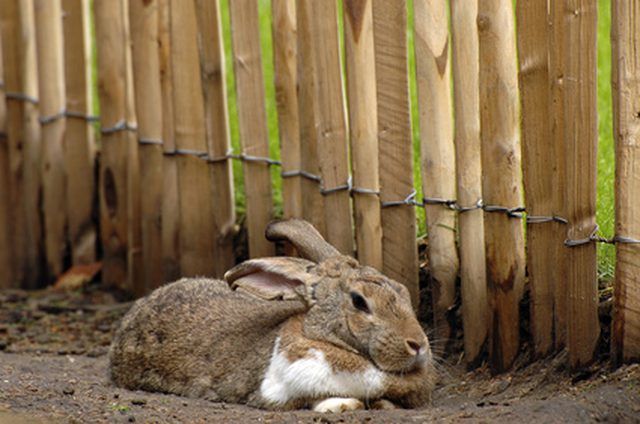Bulbs
Flower Basics
Flower Beds & Specialty Gardens
Flower Garden
Garden Furniture
Garden Gnomes
Garden Seeds
Garden Sheds
Garden Statues
Garden Tools & Supplies
Gardening Basics
Green & Organic
Groundcovers & Vines
Growing Annuals
Growing Basil
Growing Beans
Growing Berries
Growing Blueberries
Growing Cactus
Growing Corn
Growing Cotton
Growing Edibles
Growing Flowers
Growing Garlic
Growing Grapes
Growing Grass
Growing Herbs
Growing Jasmine
Growing Mint
Growing Mushrooms
Orchids
Growing Peanuts
Growing Perennials
Growing Plants
Growing Rosemary
Growing Roses
Growing Strawberries
Growing Sunflowers
Growing Thyme
Growing Tomatoes
Growing Tulips
Growing Vegetables
Herb Basics
Herb Garden
Indoor Growing
Landscaping Basics
Landscaping Patios
Landscaping Plants
Landscaping Shrubs
Landscaping Trees
Landscaping Walks & Pathways
Lawn Basics
Lawn Maintenance
Lawn Mowers
Lawn Ornaments
Lawn Planting
Lawn Tools
Outdoor Growing
Overall Landscape Planning
Pests, Weeds & Problems
Plant Basics
Rock Garden
Rose Garden
Shrubs
Soil
Specialty Gardens
Trees
Vegetable Garden
Yard Maintenance
What Kind of Plant Is Rabbit Ears?
What Kind of Plant Is Rabbit Ears?. Also called "Rabbit Ears," Jammy mouth, African azalea and hummingbird plant, the Ruttya fruticosa is a tropical plant that performs as both a shrub and a vine. It sports yellow or orange flowers that are full of sweet nectar and look like a rabbit’s head and ears.

Also called "Rabbit Ears," Jammy mouth, African azalea and hummingbird plant, the Ruttya fruticosa is a tropical plant that performs as both a shrub and a vine. It sports yellow or orange flowers that are full of sweet nectar and look like a rabbit’s head and ears.
Plant Family
The rabbit ears belongs to the plant family known as Acanthaceae and is native to South Africa. Acanthaceae is a large family containing approximately 2,500 species of flowering dicots in 250 genera, according to the University of Hawaii. Other members include the Brazilian bower plant, Chinese violet, shrimp plants, thunbergias and many more.
Size and Growing Conditions
Rabbit ears can grow as tall as 7 feet. It prefers full sun and an average amount of water. It generally flowers in spring and is suitable as a potted plant for patios and other outdoor areas. The temperature in rabbit ears’ setting must remain above 55 degrees Fahrenheit.
Invasiveness Potential
According to the Hawaiian Ecosystems at Risk (HEAR) website, rabbit ears has the potential to become invasive in tropical climates such as Hawaii. It is adapted to a wide range of environments, although it is uncommon, and has become naturalized in tropical and subtropical areas, making it a candidate for possible invasion of habitats in these areas.